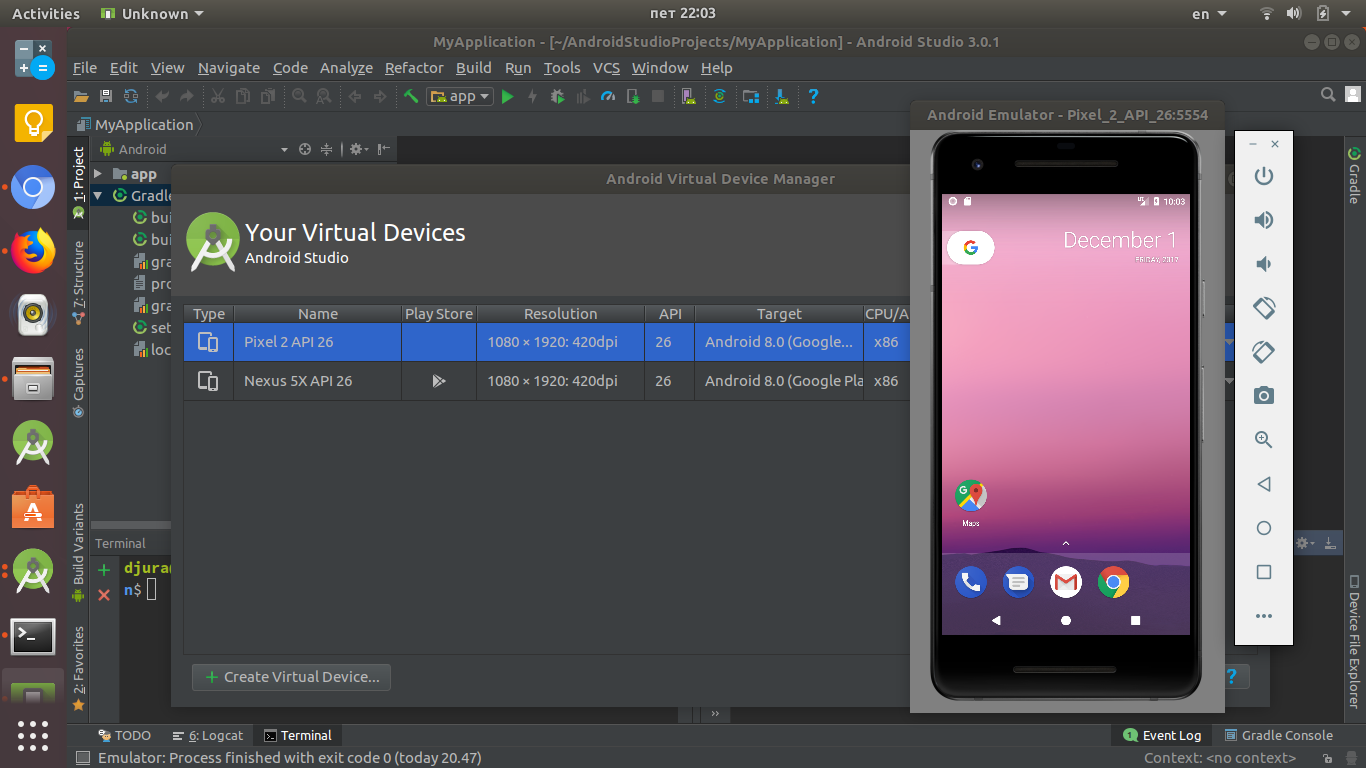
No if you type adb catlog -d it will do something.Īnyway, if you have followed me. At last you are in the directory or folder where adb exists.

Then you have to find the name of the Android Directory that all your Android Studio stuff is located and the do cd, followed by cd sdk to get into the sdk directory, then cd platform-tools. Keeping things simple, but slightly long winded, you have to go “cd.” to go down a sub directory and probably “cd.” again until you have reached your c drive. Well you have to start the “Terminal” from Android Studio. In this sub directory you will find the adb executable. To run this you have to be in the “sdk” directory and the sub directory “platform-tools”. Consider my example above that is supposed to clear the Logcat, the command adb catlog -d. Why graphical user interfaces are not created for all these processes I don’t know. Unfortunately you have to use these commands. You can probably get away with two commands like “dir” (show me all the files in this directory), “cd”. There you do need to use “MSDOS like” commands. Click on this and you are in a MS DOS (well that is waht I think). But in Android Studio you DON’T NEED to start of the cmd process as it has a “Terminal” Tab. If you were like me I started launching “cmd” from windows, “running as administrator” and using DOS commands like dir, cd android etc. You will probably see, on internet questions, comments like you can do this easily by issuing the command “adb catlog -d” (take out quotes). UNIX based operating systems (like Androids) have been quality compared to Windows but I guess that is my opinion.


How to Use Android Studio to Write Pure Javaįor those looking to sharpen skills using Data Structures and building Algorithms you’re most likely reading Cracking The Code Interview as well doing practice problems on a number of the sites out there ( KhanAcademy, HackerRank, InterviewCake, coderbyte,, GeeksforGeeks, etc…)


 0 kommentar(er)
0 kommentar(er)
